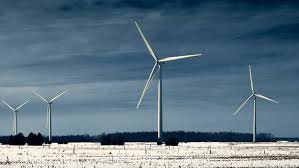In 2019, Canada made significant progress toward using more renewable energy sources like wind, solar, and hydroelectric power. This shift was part of the country’s efforts to reduce its carbon footprint and combat climate change.
Canada is rich in natural resources, and it has long relied on hydroelectric power to generate electricity. However, in 2019, the country began to invest more heavily in other forms of renewable energy, such as wind and solar. These clean energy sources were becoming more affordable and efficient, making them a viable alternative to traditional fossil fuels.
The Canadian government launched various initiatives to support renewable energy projects. For example, it introduced tax incentives and funding for companies and organizations that invested in green technologies. This encouraged businesses to switch to renewable energy, which helped reduce greenhouse gas emissions.
In addition to large-scale projects, many Canadians also made the switch to solar panels for their homes. In some provinces, residents were able to sell excess energy back to the grid, which made renewable energy an attractive option for homeowners.
Renewable energy wasn’t just good for the environment; it also created jobs. As the demand for clean energy grew, new jobs were created in industries like solar panel manufacturing, wind turbine installation, and energy storage.
Canada’s shift to renewable energy in 2019 marked a significant step toward a more sustainable future. The country’s continued investment in clean energy technologies would play an important role in reducing carbon emissions and addressing climate change.
To keep up with Canada’s energy news and more, visit canadianupdates.com.






